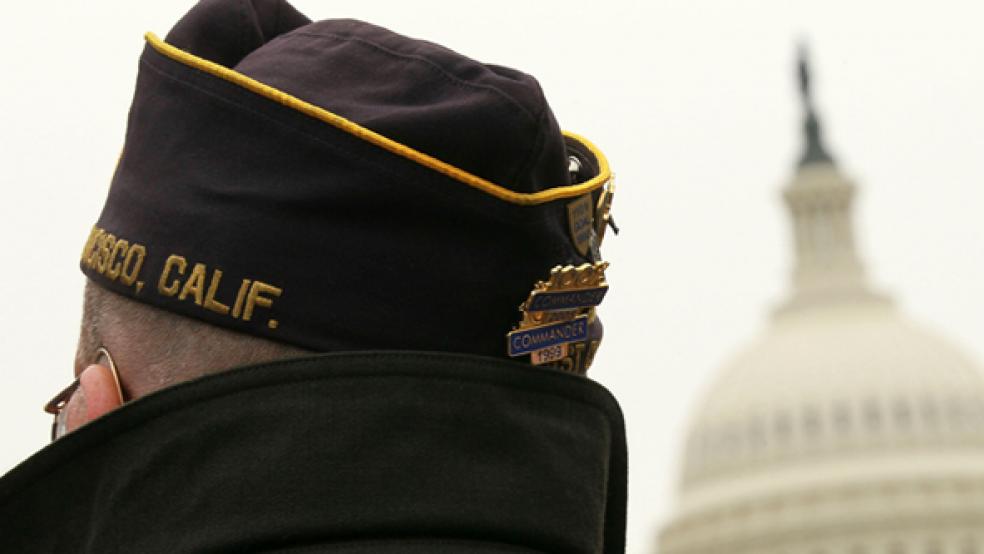In an astonishing reversal, the military genius that helped invent the internet has let its own team down. The Veterans Administration, which is still using paper to process claims, is groaning under the weight of some 630,000 backlogged disability claims – a point VA Secretary Eric Shinseki emphasized during a Sunday morning appearance on CNN’s ‘State of the Union.’
There are 21.5 million current war veterans living in the U.S. Right now, it takes 260 days, on average, to process a veteran's claims. Some 70 percent of pending claims have been backlogged for more than 125 days.
RELATED: Huge Cost Overruns for VA’s Flawed IT System
Shinseki, who has headed up the VA since October 2009, said defiantly, "No one should have to wait for their claims to be processed."
But in 2009, there were 164,000 backlogged cases – a number that has now swelled to 630,000, said CNN’s Candy Crowley. "What is wrong here?"
Veterans of the Iraq War and the war in Afghanistan returning home today, said Shinseki, "have been granted five years of medical care to which they have access at VA." When they present proper identification, he said, they're enrolled immediately. But to receive compensation for "disability claims, which is the backlog, that indeed has increased," he admitted. "In 10 years of war, the requirements have gone up."
There have been "more complex claims because of the seriousness of" the veterans' conditions today, including multiple claims from injured individuals.
Shinseki said, "We're a paper process. Have been for decades. We need to go digital and we're in the process of doing that."
The backlogs today have been "compounded" by "decisions we [made] in 2010 to grant Agent Orange service connections for Vietnam veterans, [to grant] Gulf War illness service connections for those who went to Desert Storm, and then our increase of claims to combat PTSD," he said. And in the last four years, veterans have enrolled in the system "in unprecedented numbers." He said 940,000 more veterans have enrolled for benefits than four years ago. The agency still "produces a million claim decisions each year and has for the last three years."
President Obama has "been very clear,” he said. “Veterans are a top priority with him, and ending the backlog is foremost in his mind."
But what do you need to fix the backlog? Crowley pressed. What can be done? "Do you need more processors?" she asked.
"In the past four years, if you look at our budgets, [there's been] a 40-percent increase to our budgets, while other departments have gone through belt-tightening," said Shinseki. "Someone once told me, 'Show me your budget and I'll show you what you value.' I think very clearly from this president, the growth in our budgets reflects where he places his value."
Still, some on the other side, including Rep. Jeff Miller (R-Florida), have claimed that "without better workload or surge-capacity planning, I am fearful that VA is simply one national mission away from complete collapse and utter failure."
Shinseki insisted the VA has “put in place a robust plan to end the backlog in 2015. That's been our commitment." He said, "Today we have an automation tool that we didn't have two years ago. It is called the Veterans Benefits Management System. It has already been fielded to 20 of our regional offices. We will be in all 56 regional offices by the end of this year. This automation process is going to give us a production ramp that we've not been able to produce to this point."
He did not discuss the costs of digitization.
He added, "We still get paper from DoD and other agencies.” By 2014, he said, "we will be electronically processing our data and sharing it."
Shinseki also said, "I took this job to make things better for veterans individually.... We're gonna fix this. We have a fix for this."





